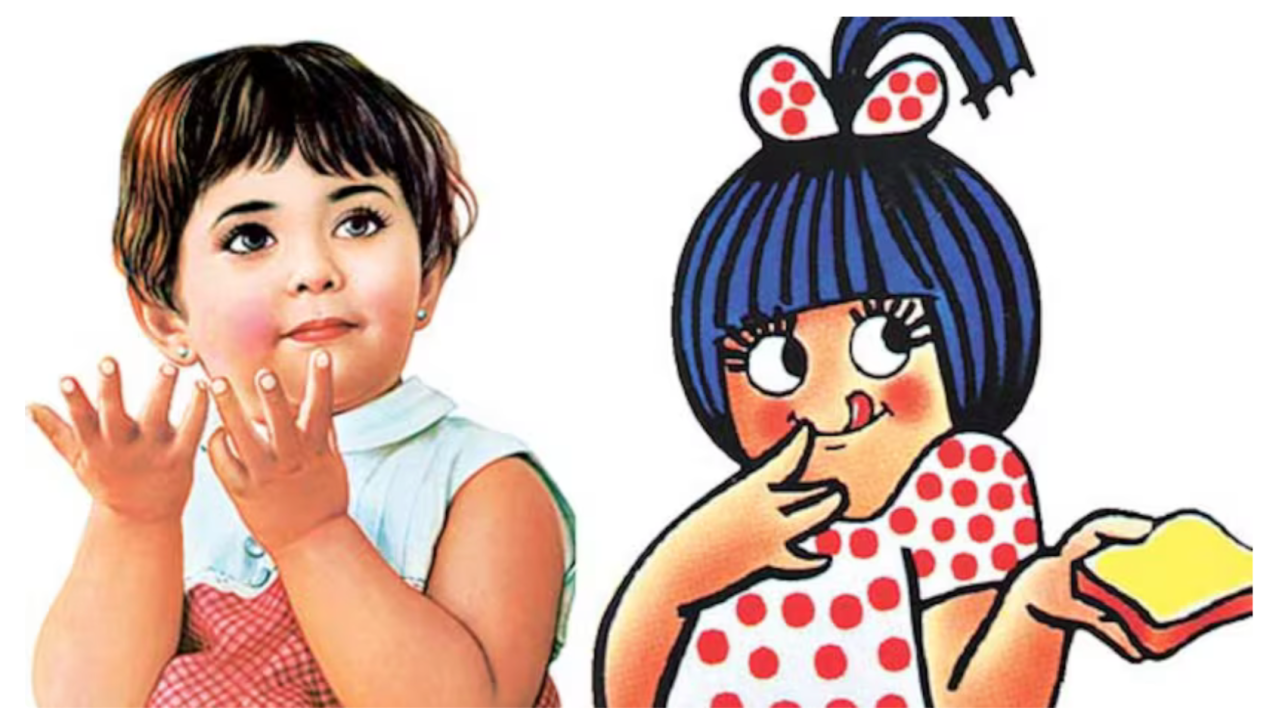Learning Effective Branding Strategies from India's Beloved Amul and Parle-G Girls


Do You Remember This Iconic Girl?
A little girl in a polka-dot dress, with round eyes and an adorable ponytail—sounds familiar? If not, here’s a clue: "Utterly Butterly Delicious!"
Yes! She’s none other than the Amul Girl, the face of one of India’s most successful and longest-running branding campaigns. Since 1966, this charming, witty character has not only represented Amul but has also kept up with cultural and social trends through humorous and relatable advertisements. Whether it’s politics, sports, or pop culture, she’s always there with a clever take—keeping Amul fresh and engaging for generations
Why Did Amul Choose This Mascot?
Back in the 1960s, Amul faced rising competition in the butter market and needed a strong, unique brand identity. In 1966, they approached ASP (Advertising and Sales Promotion Co.), where art director Eustace Fernandes sketched the now-famous Amul Girl—a friendly, fun, and instantly relatable character. The idea was simple: create a mascot that could appeal to both kids and adults, making Amul feel like a part of every Indian household.
Did This Branding Strategy Work?
Absolutely! The Amul Girl campaign is one of the most successful branding strategies ever, keeping Amul at the top since 1966. By using witty, topical, and humorous ads, Amul stays relevant by commenting on current events, politics, and pop culture.
What makes it even smarter? It’s a low-cost, high-impact approach—relying on creativity rather than expensive celebrity endorsements or massive ad spends. The result? Strong brand recall, loyalty, and a place in Indian culture.
What exactly is ‘Branding’?
Think of a brand as a person. Branding isn’t just about looks (logo) or words (slogan)—it’s about who they are and what they stand for. A good branding strategy builds a personality, creates an emotional connection, and ensures people remember and trust the brand. Amul did this perfectly with the Amul Girl, making her a household name rather than just an advertising tool.
Did Parle-G Use the Same Strategy?
Not quite! The Parle-G girl, like the Amul Girl, is a familiar face in India, but her role in branding is different. While Amul keeps evolving with witty, real-time ads, Parle-G focuses on nostalgia, trust, and tradition.
The Parle-G Girl, seen on every biscuit packet, symbolizes simplicity, reliability, and nourishment—core values that have remained unchanged for decades. Instead of humor or topical content, Parle-G's branding taps into childhood memories, affordability, and emotional storytelling around resilience and everyday moments.
Same Goal, Different Execution!
Both Amul and Parle-G have built strong emotional connections with consumers, but their strategies differ. Amul thrives on wit and adaptability, while Parle-G relies on nostalgia and trust. Yet, both have successfully cemented their place in Indian households, proving that great branding isn’t just about being seen—it’s about being remembered.
Concluding Point
The idea behind this is that branding strategies are not bound by fixed rules. They thrive on creativity, innovation, and a deep understanding of the target audience. What works for one brand may not work for another, and that’s the beauty of branding—it’s all about finding what makes you unique and leveraging it in a way that connects with people.
There’s no one-size-fits-all formula for success. Whether your idea is humorous, unconventional, or even seems a bit childish—go for it! Some of the most successful campaigns were born from ideas that initially seemed too bold or different. Branding is about experimenting, taking risks, and most importantly, resonating with your audience.
So, if you have a creative idea, don’t hold back—test it, refine it, and put it out into the world. Who knows? You might just create the next big brand movement
